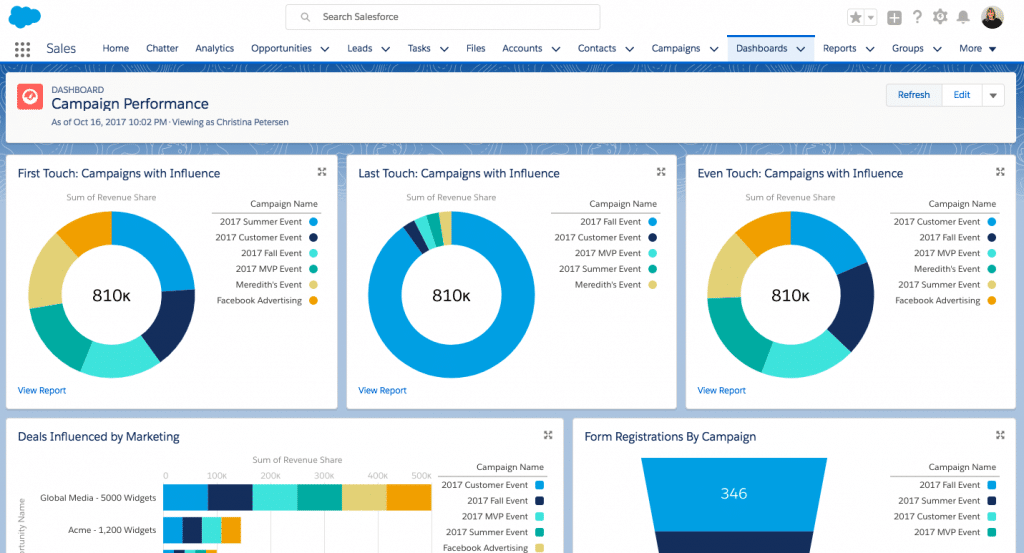Select your language
Blog
Dive into the world of Marketing Automation:
Practical & helpful knowledge that makes your daily life with Marketing Automation easier!
What is marketing attribution?
Introduction to marketing attribution
Marketing attribution is a form of reporting that allows marketers to measure the impact of a channel or campaign on a specific outcome, such as revenue. It is an attempt to measure the value of the implemented touchpoints in the customer journey and compare the impact of specific touchpoints such as an online ad or a newsletter campaign. The two most commonly used metrics are generated leads and revenue, i.e., which touchpoints generate the most leads or which generate the most revenue.
Typically, multiple channels and assets are responsible for the final purchase decision. Ideally, it would be possible to track the entire customer journey of people who gave their consent. However, this is not realistic because some channels can not be tracked (e.g., offline marketing, Do Not Track initiative) and therefore conclusions should be drawn cautiously.
Although attribution is not perfect, it is worth taking advantage of the available possibilities.
Attribution models
There are a variety of marketing attribution models. The three most common techniques are:
- First-touch attribution: The lead or revenue is attributed to the first measured interaction, e.g., interaction via a LinkedIn ad.
- Last-touch attribution: The lead or revenue is attributed to the measured interaction that happened before the purchase. For example, if a customer first clicks on a LinkedIn ad, signs up for the newsletter, and then makes a purchase via an email campaign, that purchase is attributed to the email campaign.
- Multi-touch attribution: The lead or revenue is attributed to multiple measured interactions. There are different multi-touch attribution models:
Multi-touch attribution models
Multi-touch attribution models take all or several interactions into account that contribute to the final conversion. There are six models:
Linear
The linear model includes all of a customer's interactions with your brand. Each interaction is assigned the same share.
U-shaped
In this model, 40% is attributed to the first interaction and 40% to the interaction that generates the lead. The remaining 20% is then split evenly between all other interactions.
W-shaped
Here, 30% is credited to the first interaction, the interaction that leads to lead generation and the interaction that creates an opportunity. The remaining 10% is then split evenly between all interactions between the first and last interaction.
Full Path
Full path attribution builds on the W-shaped model but also includes the interaction before the purchase. The most important milestones in the customer journey are weighted the most, while touchpoints in between are weighted less.
In this model, more weight is given to recent interactions. It rewards the most recent interactions as they might be considered more important. This model is often used for longer sales cycles.
Custom
Of course, it is possible to assign your own attribution weights using a custom model.
Example using Salesforce and Pardot
With First, Last and Even Touch Reporting (linear) in Salesforce, campaigns can be compared on different levels. This provides the possibility to compare the effectiveness of different campaigns using different attribution models.
https://www.pardot.com/blog/introducing-pardot-campaign-influence-attribution-models-engage-outlook/
- Salesforce Leads
- Salesforce Opportunities
- Salesforce Campaigns and Parent Campaigns
- Pardot Campaigns
Which model is the best for my company?
It is important to define a strategy before choosing a model. Depending on the number of touchpoints, length of sales cycles and complexity of the lead qualification process, different attribution models come into question. At Waym, we believe that data-driven marketing is the way forward. Attribution models provide a tool to compare different aspects of campaigns. If you would like to know how attribution models can help your business, please contact us.
















